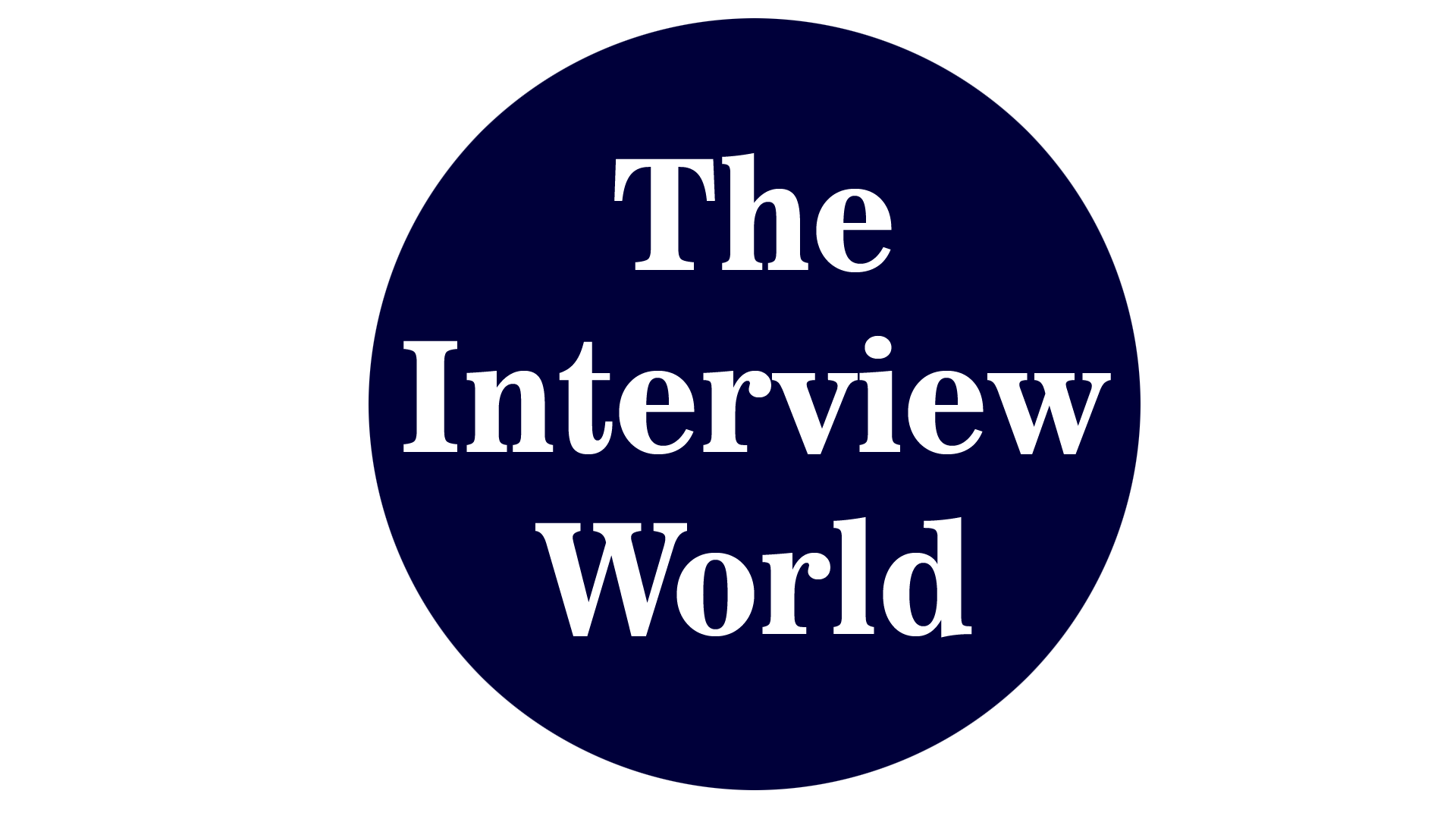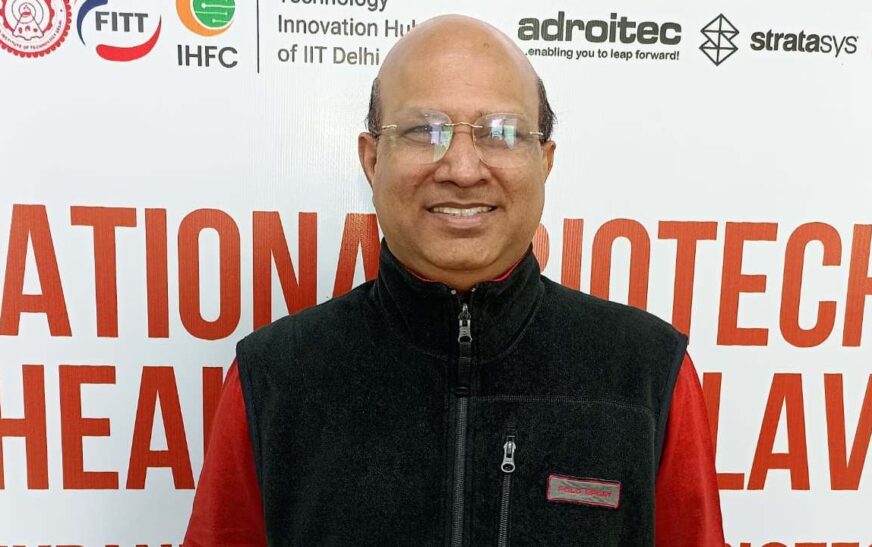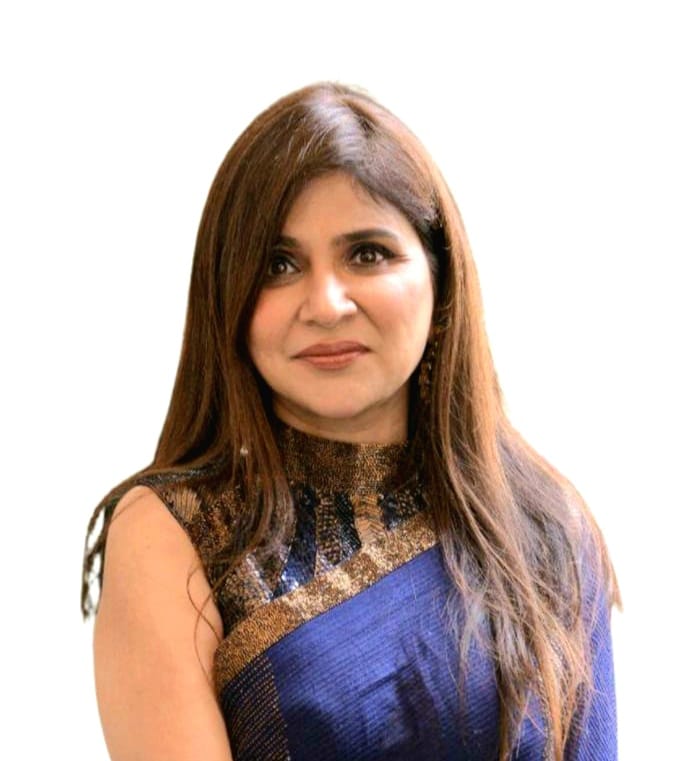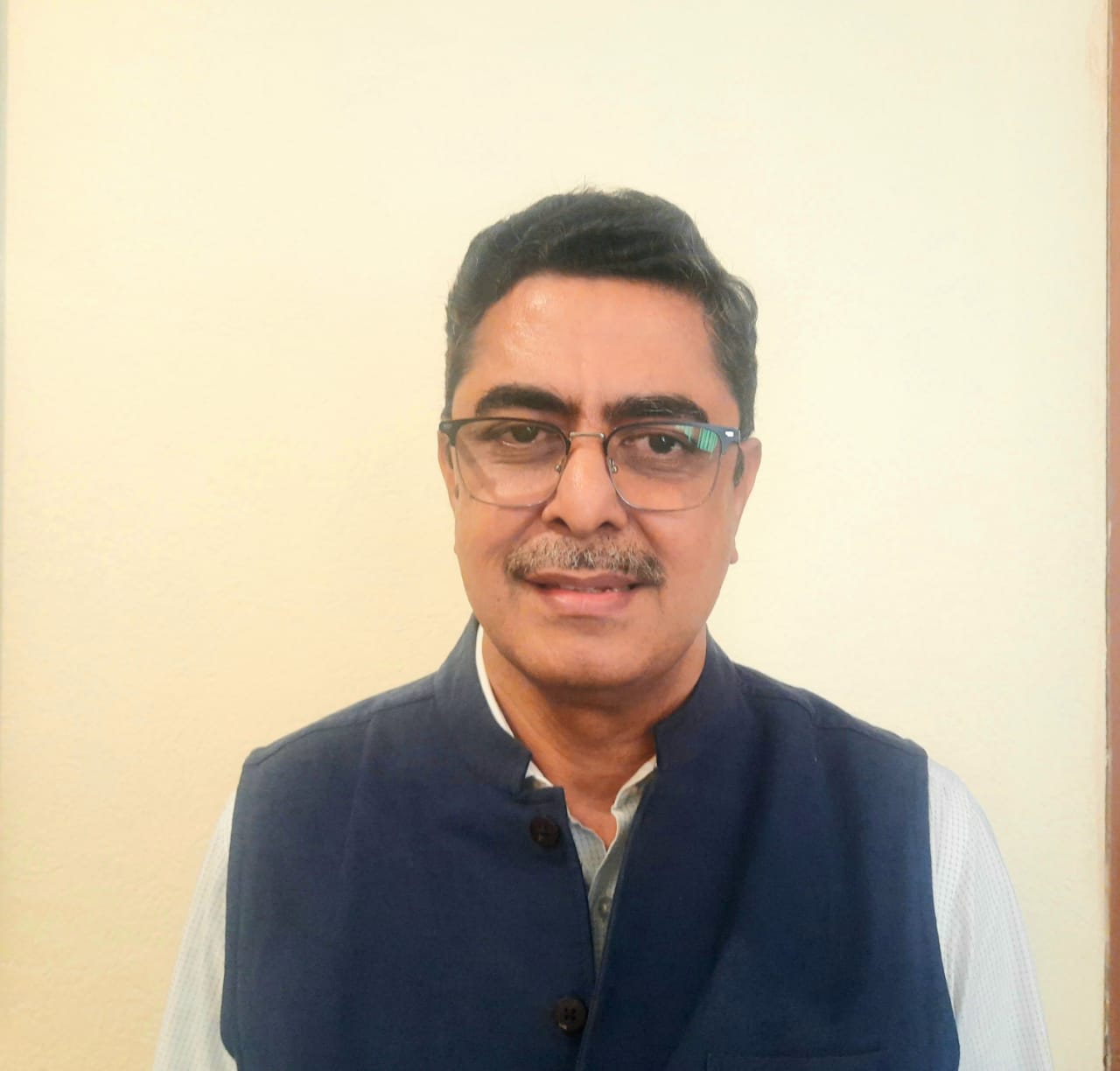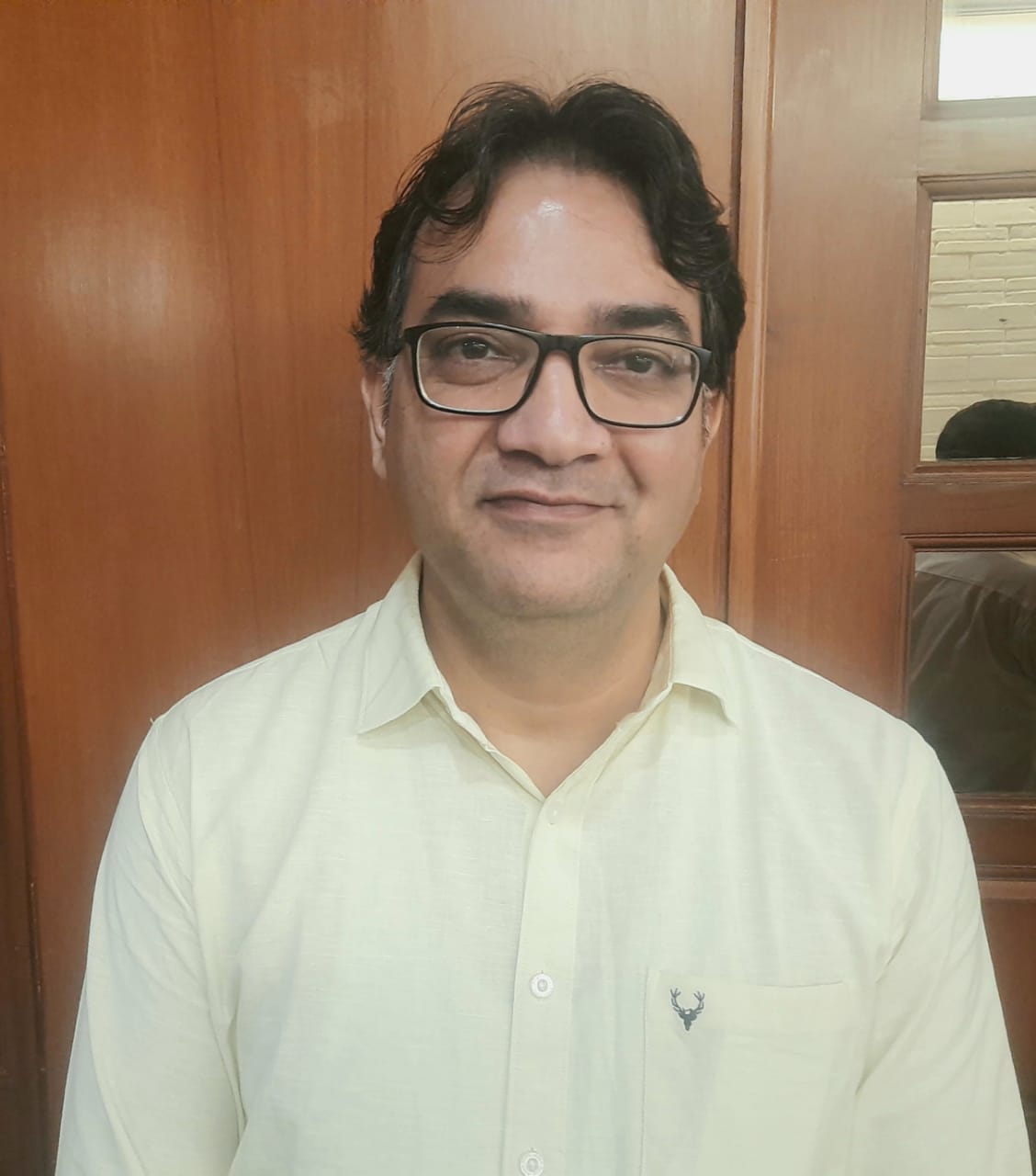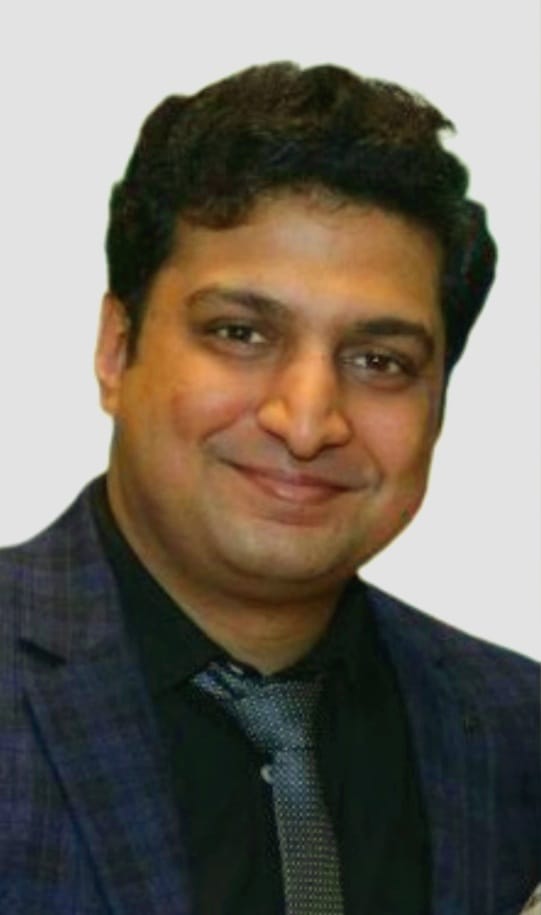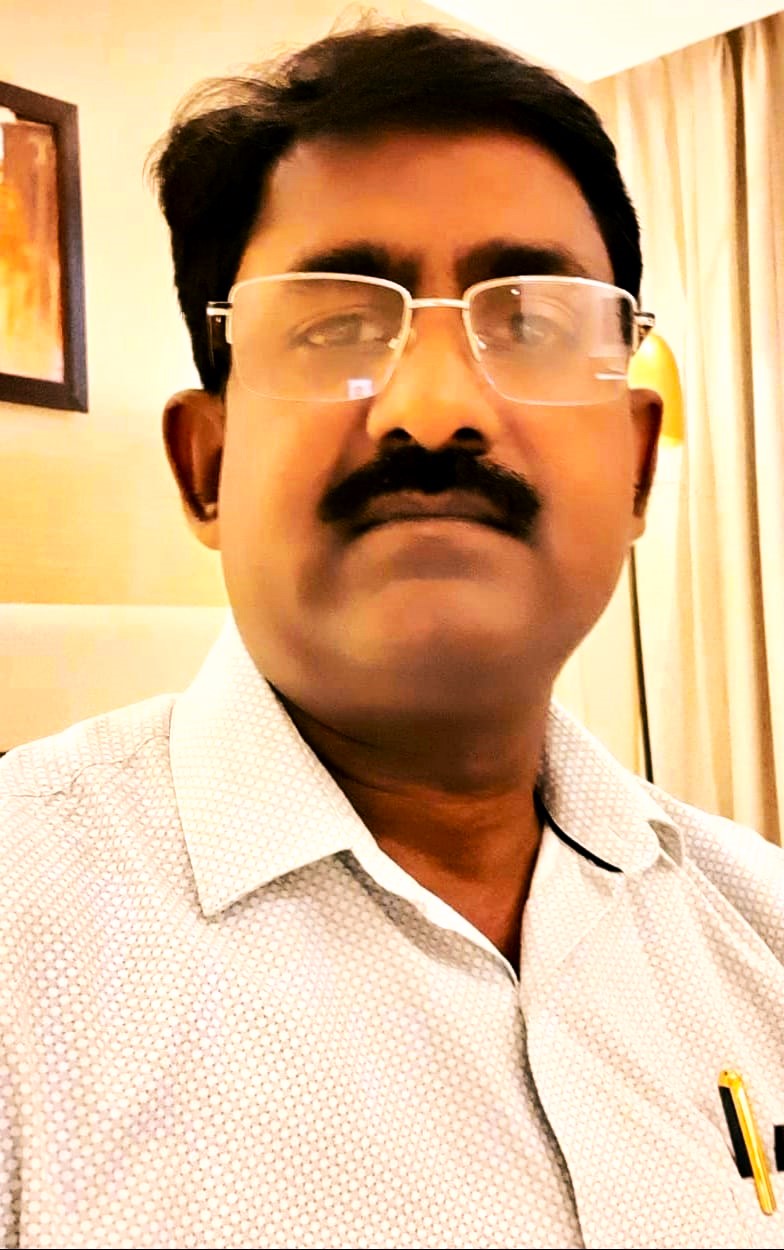Bharath Advanced Therapeutics (BAT) is revolutionizing cancer care with its innovative approach to biotechnology. Focused on addressing unmet needs in oncology, the company is advancing a robust pipeline of small-molecule therapies aimed at improving patient outcomes. Its primary areas of focus include Acute Myeloid Leukemia (AML), Chronic Myeloid Leukemia (CML), and other cancers such as Triple Negative Breast Cancer (TNBC).
BAT’s flagship candidate, BAT150030, is a groundbreaking oral therapy to target AML and CML with unparalleled precision. This drug promises rapid action, exceptional specificity, efficacy, potency, safety, and the ability to address resistance and relapse challenges commonly associated with existing treatments for cancer. Now entering clinical trials in late 2025, BAT150030 marks a significant milestone in the company’s journey to deliver next-generation oncology solutions.
Collaboration drives BAT’s success. By partnering with Mount Sinai and AACT Inc in New York, the company taps into cutting-edge research from one of the world’s most respected medical institutions. Complementing this, leveraging the Indian expertise of Aragen Life Sciences and Aragen Biosciences in toxicology studies, and regulatory submissions is steaming the BAT150030 forward. Together, these partnerships strengthen BAT’s research and development capabilities, accelerating its mission to transform cancer therapy.
Committed to innovation and collaboration, BAT is emerging as a leader in oncology therapeutics. Its pioneering efforts aim to redefine cancer treatment, offering hope to patients across diverse demographics of India and world.
In an exclusive interview with The Interview World, Dr. Sreedhara R. Voleti, MD and CEO of INDRAS and COO of Bharath Advanced Therapeutics, shared insights into BAT’s transformative approach. He detailed how the company’s focus on developing accessible and affordable life-saving leukemia treatments by advancing its preclinical novel chemical entities. Dr. Voleti also highlighted the quality of BAT’s pipeline and discussed strategies for developing, marketing, and distributing its therapies.
Here are the key takeaways from this compelling conversation.
Q: Could you elaborate on how Bharath Advanced Therapeutics is revolutionizing leukemia treatment through the development of affordable life-saving drugs, and could you share your timeline for launching this product in the market?
A: Bharath Advanced Therapeutics (BAT) is a cutting-edge biotechnology pharmaceutical company dedicated to developing innovative cancer therapies. With a sharp focus on orally deliverable small molecules as therapies for Acute Myeloid Leukemia (AML) and Chronic Myeloid Leukemia (CML), BAT is committed to addressing critical gaps in cancer treatment.
Established in January 2024, BAT may be a young company, but its foundation is built on strong international collaborations. The company leverages assets from prestigious partners in the United States, including Mount Sinai Hospital in New York City and a pharmaceutical entity, AACT Inc. These partnerships have enabled BAT to in-license certain small molecule assets to India for their development as therapeutic agents
BAT’s mission is clear: to make these breakthrough treatments not only accessible but also affordable for the Indian population. By bridging global innovation with local needs, BAT aims to redefine cancer care and improve patient outcomes across the country.
Q: Could you explain the process of identifying and working on specific molecules and indigenously developing them?
A: India has long been a hub for innovation in drug discovery. Two decades ago, I returned to India, inspired by the promised vision of designing, discovering, developing, and marketing life-changing therapies across various diseases and disorders by various pharmaceutical companies. During my tenure at Ranbaxy, I hoped to see India become a leader in the complete drug development cycle—a process that typically spans 12 years and costs approximately $1 billion per drug. However, for most Indian companies, this vision was temporary due to its immense financial burden on R&D, high risk, and bleak growth potential.
To address these challenges, alternative models have emerged. One approach focuses on conducting every stage drug discovery within India due to the immense scientific talent pool. Another, more practical model involves identifying unmarketable assets from global markets and adapting them to serve India-specific diseases and populations – such as infectious diseases, and drug-repurposing. By discovering/identifying and developing these molecules in the shortest possible time, effective, affordable, and accessible therapies for the Indian population can be envisaged.
The traditional process of identifying novel chemical entities through designing, synthesizing, and testing a molecule is time, cost, and resource-intensive. Designing and synthesizing can alone take one to two to three years, followed by another year for in vitro testing and yet another for in vivo studies. This three-to-four-year timeline, along with its associated costs, can be significantly reduced by leveraging in silico (computational) designs and/or in-licensing assets with established activity annotations.
Our streamlined approach enables us to shorten development cycles, focus on preclinical candidates with potential, and bring affordable, effective treatments to the Indian market faster. This process embodies the innovative spirit of Indian drug discovery and development while addressing the unique needs of our population.

Q: With the rapid rise of leukemia cases in India, including among young children, how do you envision your drugs contributing to a complete cure or at least achieving a level of curability that significantly extends patients’ lives post-treatment?
A: Cancer therapy has advanced significantly, offering multiple options tailored to target and manage the disease for patients suffering. One approach begins at the therapeutic level, focusing on small molecules designed to suppress cancer-causing targets. By inhibiting these targets, cancer may not necessarily be cured, but can be effectively controlled. Another critical aspect is addressing cancer stem cells. If these cells are inhibited, the likelihood of remission decreases, offering a more sustained outcome.
The overarching goal of cancer treatment is threefold: reducing the tumor burden, prolonging life, and enhancing the quality of life during the prolonged life-span. Achieving even a modest extension of survival—three to five years, for example in cancers of difficult-to-treat—represents a significant milestone in many cases. Certain cancers, such as breast cancer, showcase remarkable progress with quality of life and life-span. With a combination of surgery, radiotherapy, and chemotherapy, many patients live relapse-free for longer years (>10-20years), instilling hope in the effectiveness of existing therapies
India’s current cancer treatment landscape encompasses a variety of innovative therapies other than small molecule drugs. These include antibody-drug conjugates, gene therapies, CAR T-cell therapies, and other cutting-edge approaches. Each method contributes to alleviating the cancer burden to a large extent, regardless of the patient’s age, whether a child or an older adult. The ultimate aim is to ensure that patients not only live longer but also maintain a quality of life that empowers them to pursue their goals and aspirations. These therapies represent a beacon of hope in the fight against cancer, driving meaningful progress in care and outcomes.
Q: What are the key treatment goals you aim to achieve with your medicines? Specifically, are you targeting a complete cure, and in cases of relapse, what is the desired time span before a recurrence?
A: Our primary focus on AML/CML is on finding a cure. Along with the cure, we aim to inhibit the targets responsible for relapse. By doing so, we reduce the likelihood of recurrence within the next five years, achieving an 80% to 90% confidence level. This could extend survival from months to years or, even more, decades. In this way, living with cancer becomes akin to managing chronic conditions like diabetes or hypertension. Cancer, too, can coexist with a good quality of life. This is the ultimate goal of cancer treatment: not just survival, but a life worth living.
Q: What is your strategy for marketing this product? Are you planning to launch it through your company alone, or do you intend to collaborate with other global pharmaceutical companies?
A: We approach this question with a range of business models in mind. Marketing a molecule in India requires significant resources—resources that a young company like Bharath Advanced Therapeutics, still only one year old, may not yet possess. While we may not be able to market independently, it’s essential for us to collaborate with established companies capable of doing so, particularly those that can offer affordable solutions to the Indian market.
To achieve this, we aim to partner with larger and stronger players of domestic and international repute ensuring mutual alignment with the needs of the Indian patient population, and the cost parameters of production for affordability. We view these collaborations as crucial business decisions, carefully considering all relevant factors.
Additionally, given the heavy burden cancer places on India, we are eager to work alongside the Government of India, particularly with the Department of Pharmaceuticals.
Finally, we are also closely monitoring the Production Linked Incentive (PLI) schemes. If any company in India can manufacture these approved novel-drug applications (NDA), we want to understand the incentives available to them. This would pave the way for a public-private partnership that could bring these cancer treatments to Indian patients at a more affordable cost. Ultimately, this is our goal: to make life-saving treatments accessible and affordable to those who need them most – because, a delay in a day lost is a loss of a cancer patient.

